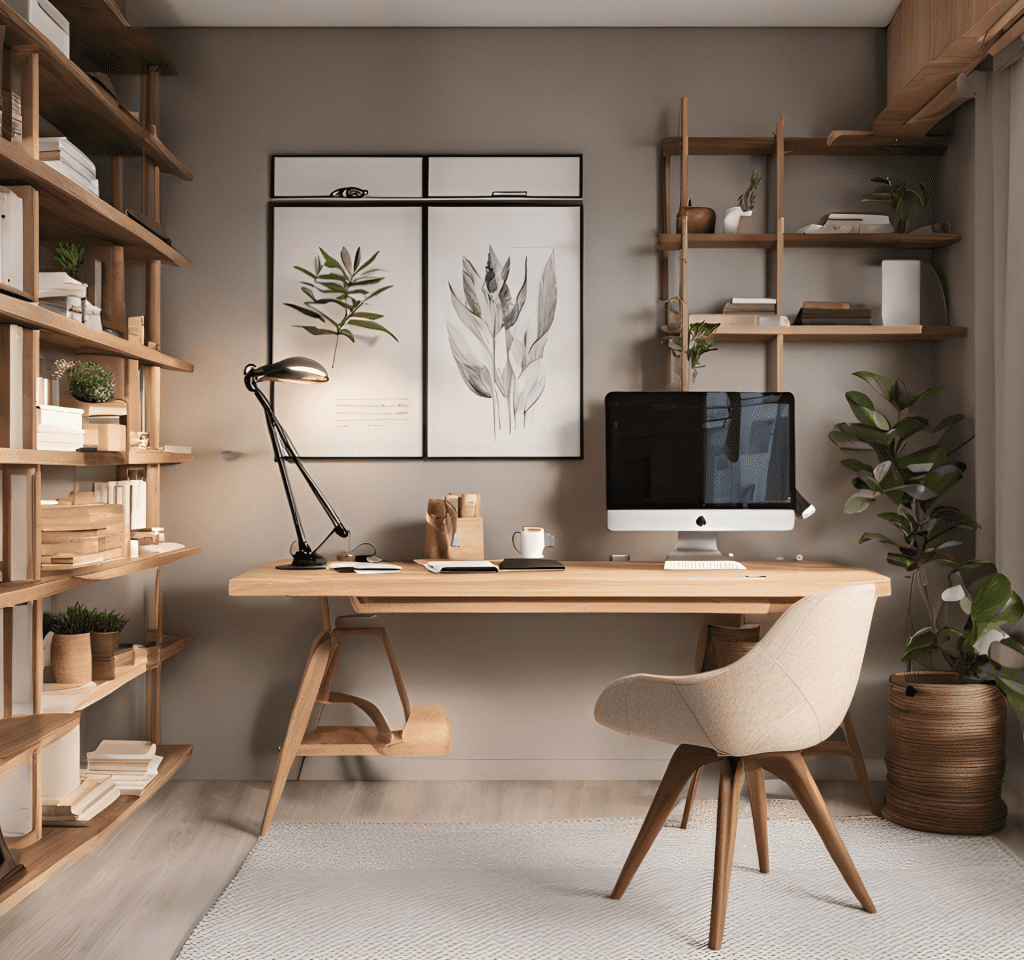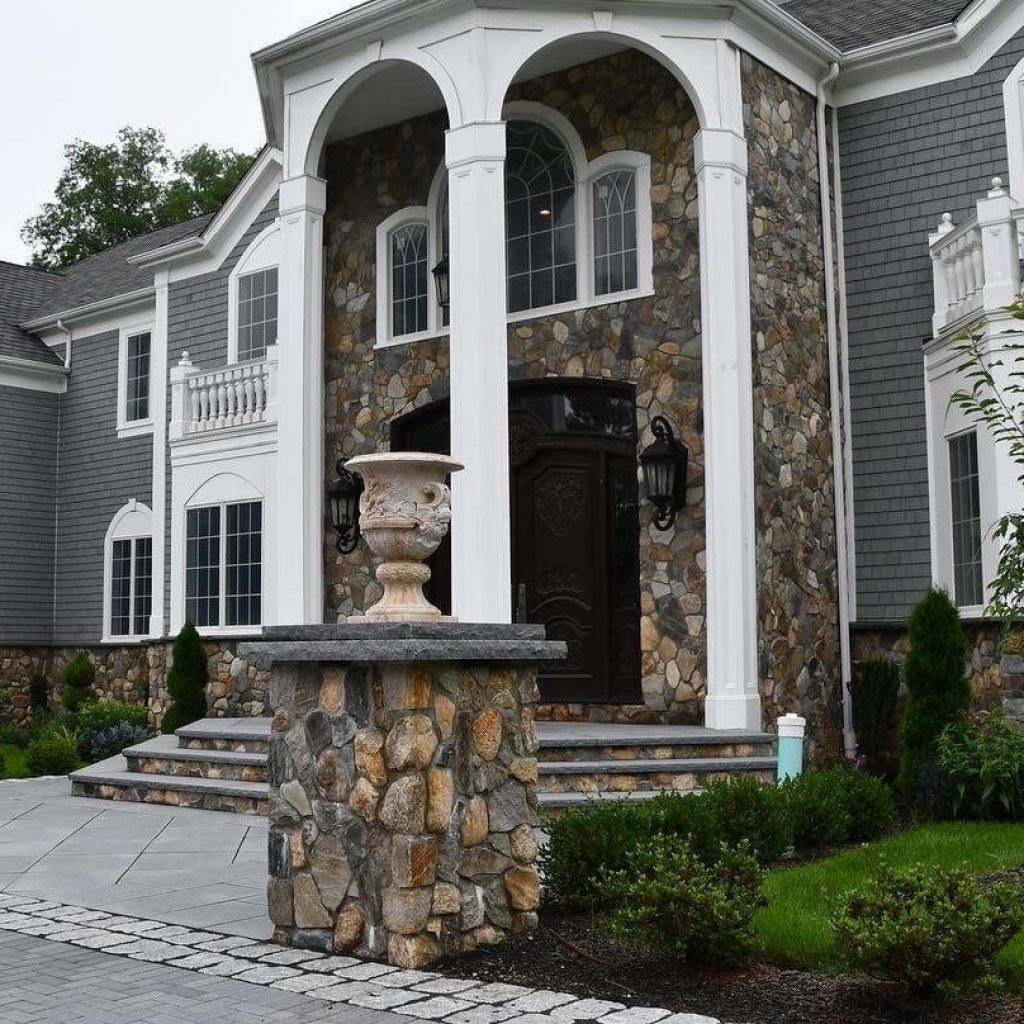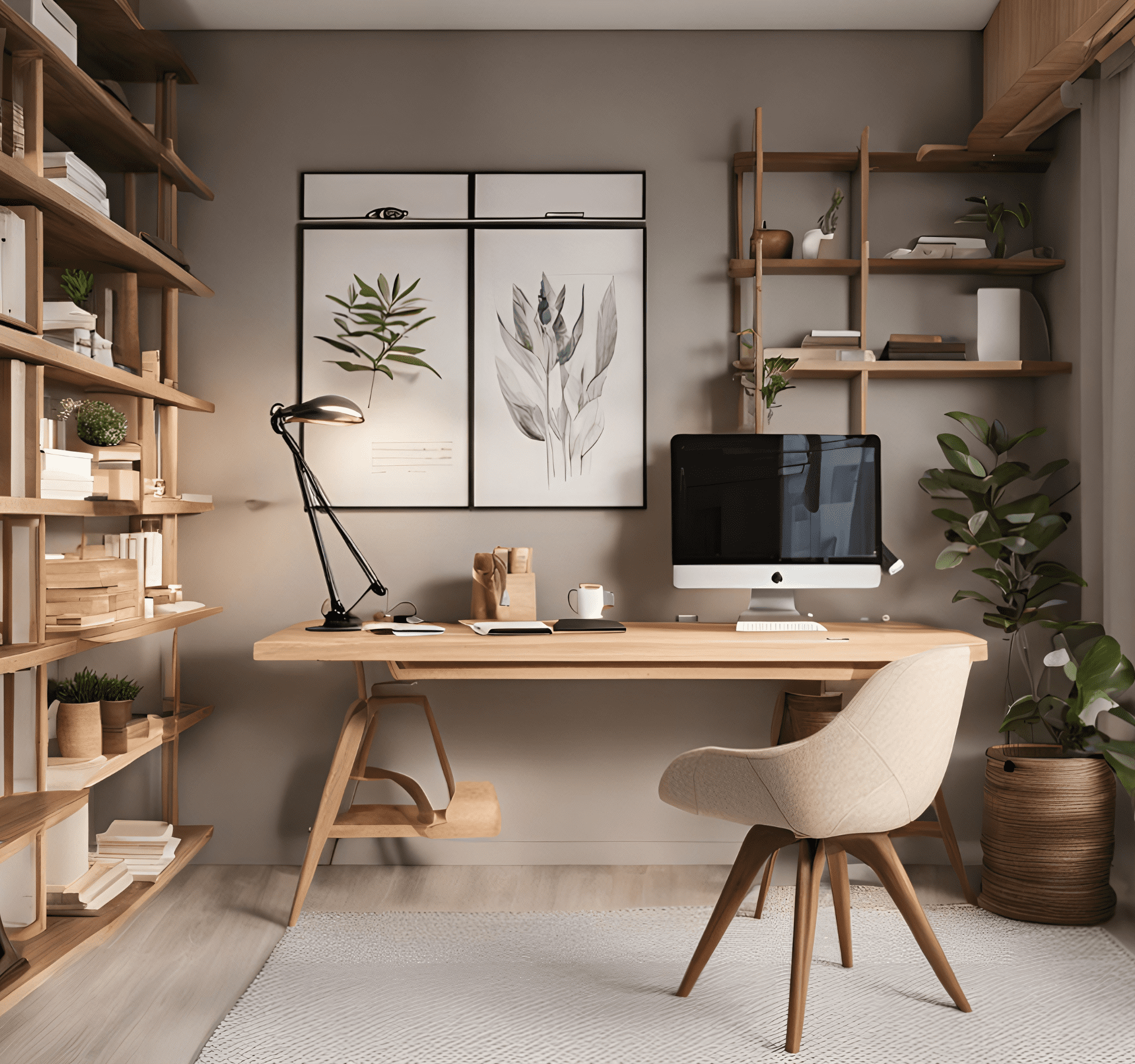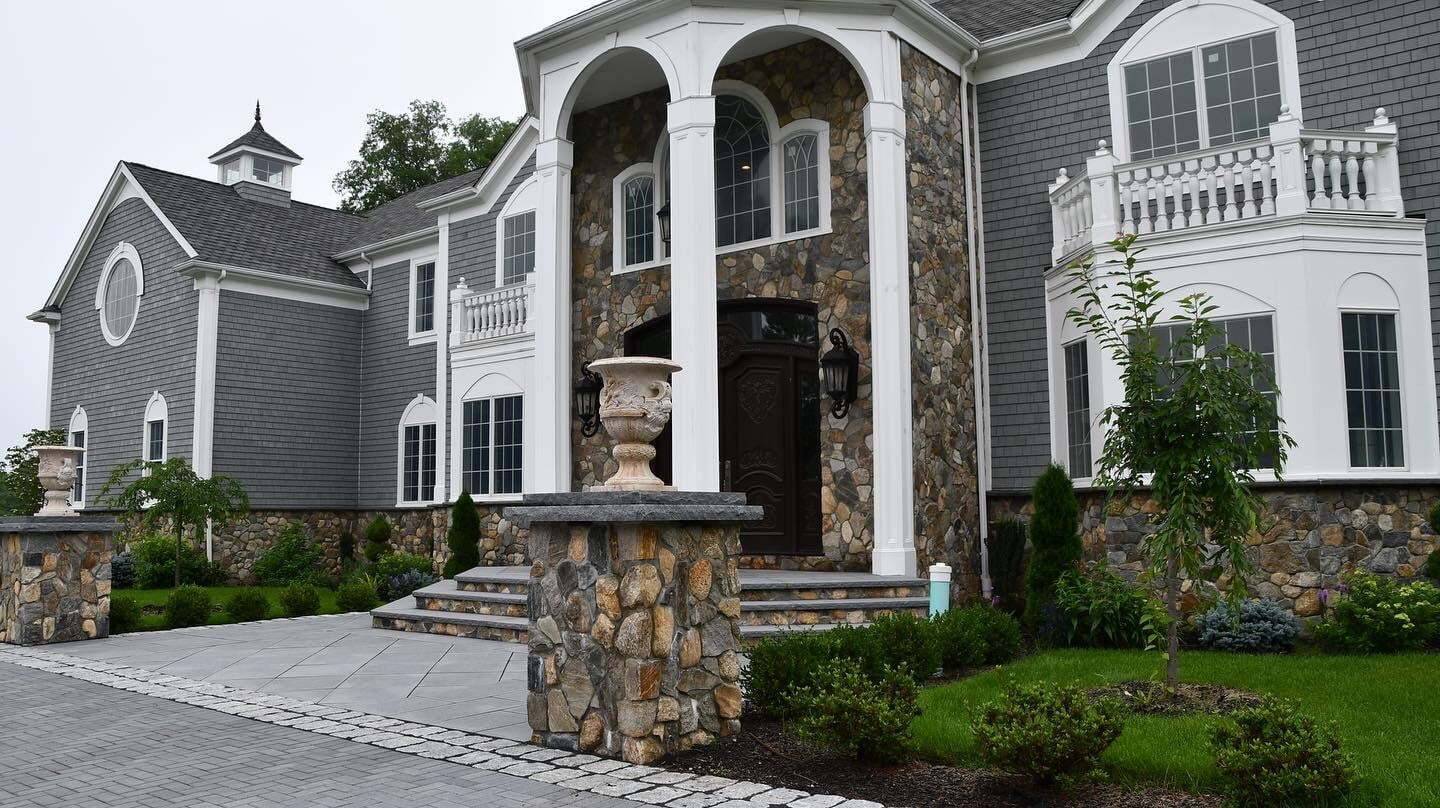When we’re looking to finally put our homes on the market, we can become blind to the everyday imperfections and faults our homes may have. Defects that we have learned to accept may harm the value, design choices may not appeal to potential buyers, or even us as homeowners may underestimate our home’s value. All these factors can hurt the chances of a sale, so it helps to know what to do before putting your home on the market.
Research the Local Housing Market
Know what your home is worth. This requires research into the local market—looking into homes with similar square footage, the number of bedrooms and bathrooms, lawn size, neighborhood, etc. All these factors play a role in your home’s value.
Don’t Hurt Your Chances of Closing a Deal
It can be easy to misjudge the value of your home, whether it be believing it is worth more or less than it actually is. Refusing to lower a price that is too high compared to a similar house will drive away potential buyers, while listing a price that is too low will leave you vulnerable to be taken advantage of.
Declutter and Deep Clean
Every home will accumulate clutter throughout your time living there; there is no getting around that fact. Take the time to clear out these spaces that have not seen a thorough cleaning and implement strategies to maintain a clean environment. The entire house should have a deep clean to make it look new and pristine; a lived-in house may discourage potential buyers.
Don’t Neglect Minor Repairs
The small issues that no longer bother you may be a deal-breaker for a potential buyer. Identify all the spots in your home where you know there are imperfections, whether it be chipped paint, cracks in the wall, or unsecured cabinets. Have a carpenter go over your home with a fine-toothed comb to make sure that there are no faults that can detract from the value of your home.
Be Ready Before You Go To Market
Ensure that you have done everything you need to do before putting your home on the market. Your home needs to be in top condition to compete with other homes on the market from the very start. Potential buyers may settle for minor, fixable flaws, but too many flaws will add up and result in them looking elsewhere.























